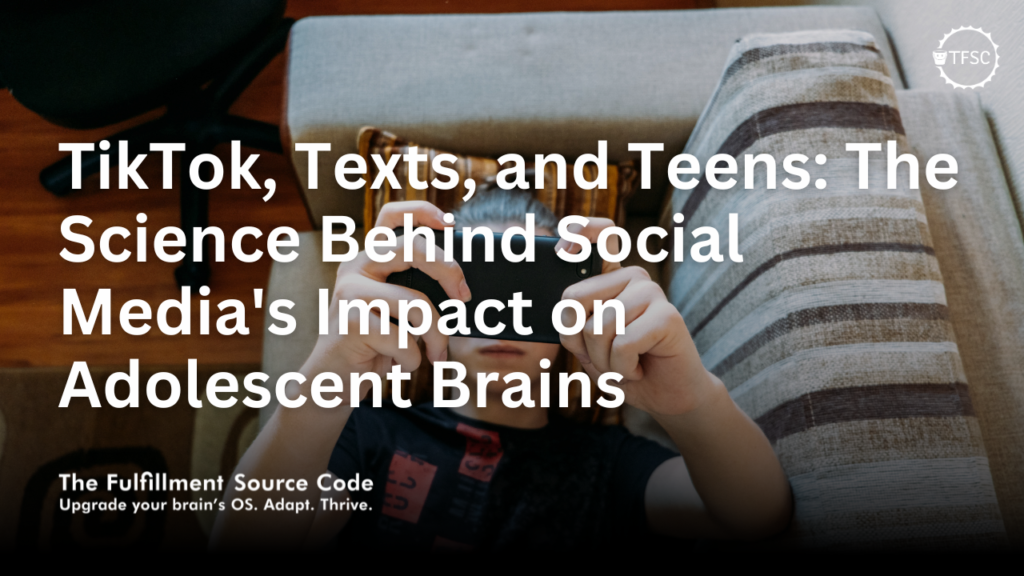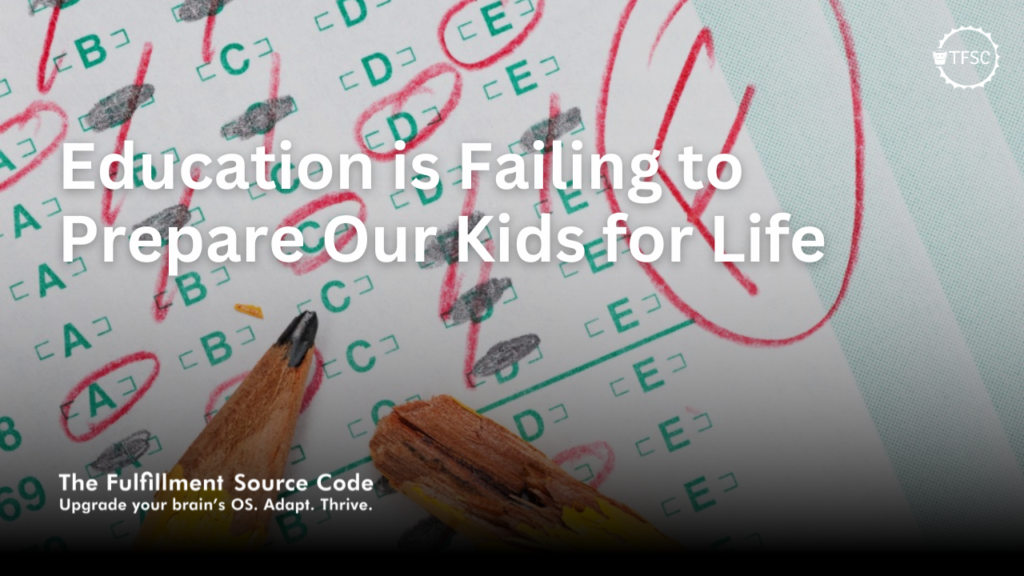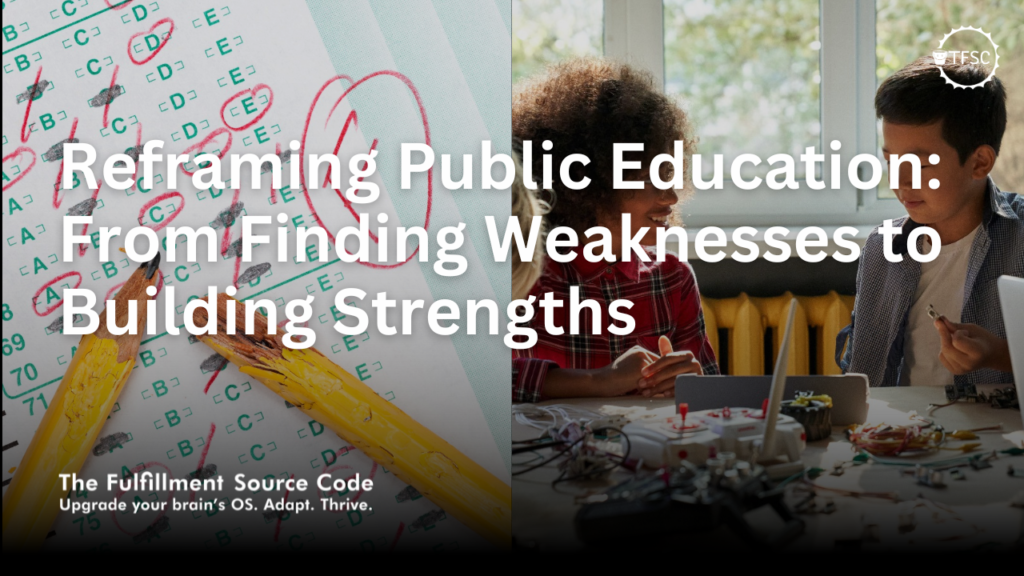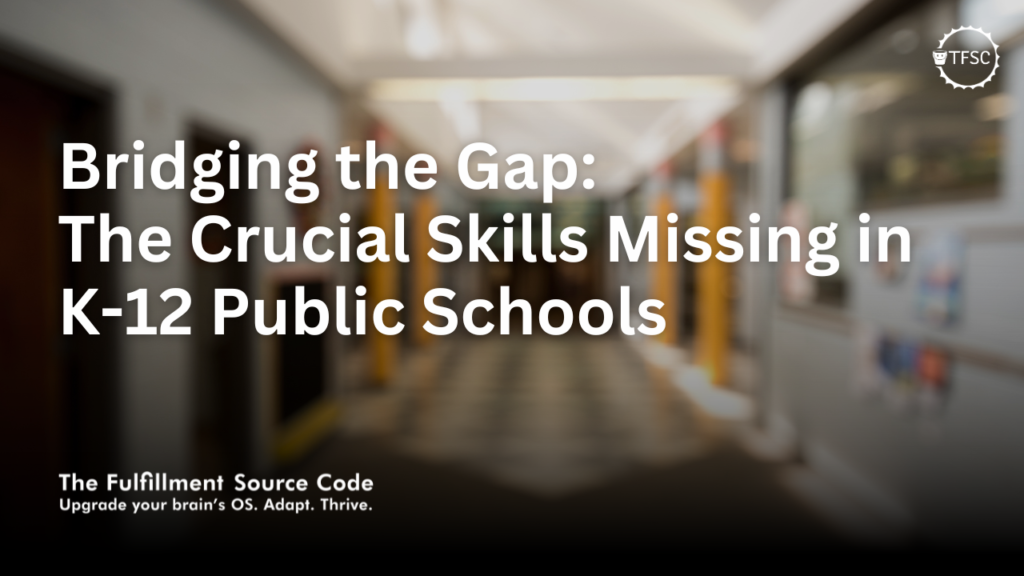Teen Mental Health Trends and Statistics: A 15-year Retrospective
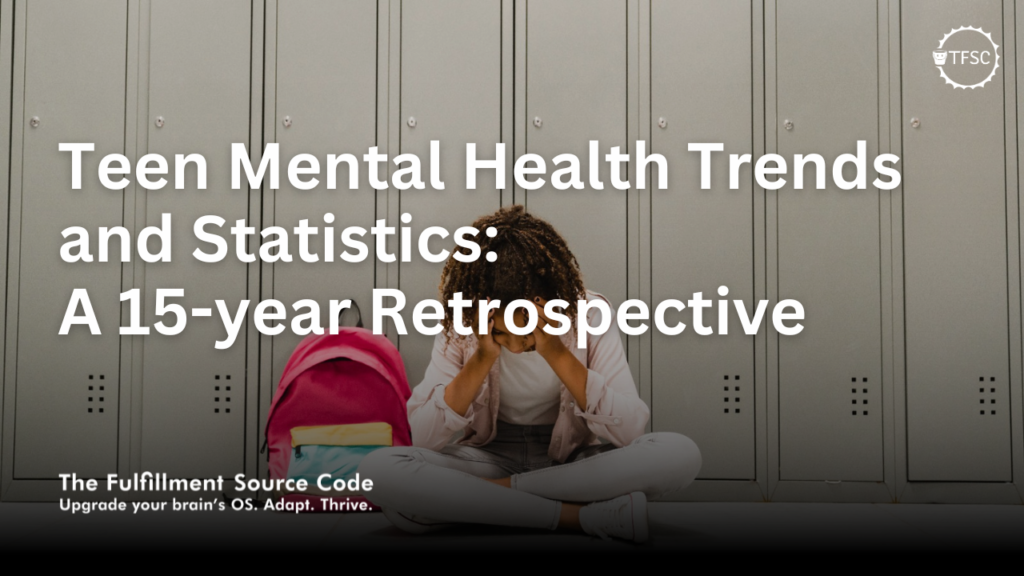
Over the past 15 years, mental health issues among teenagers have been on the rise globally.
- According to a study published in 2020, rates of depression, anxiety, and suicidal ideation increased significantly among U.S. adolescents between 2009 and 2017 (Twenge et al., 2020).
- Similar trends were found in the United Kingdom, where the Mental Health of Children and Young People survey indicated a rise in mental health problems. (NHS Digital, 2018).
- According to the World Health Organization (WHO), approximately 10-20% of adolescents worldwide experience mental health conditions, with depression and anxiety being the most common and suicide being the fourth leading cause of death among 15-29 year-olds. (WHO, 2021).
- In the United States, the National Institute of Mental Health (NIMH) reported a significant increase in the prevalence of major depressive episodes from 8.7% in 2005 to 14.8% in 2020 among 12-17-year-olds (NIMH, 2020).
Aside from the traditional socio-economic factors, there are multiple new considerations, including technology, the prevalence of social media, and a gap in the education system, have all contributed to this trend.
Before we continue, it is important to note, this is unfortunately, not a new problem:
- A 2019 study found that nearly 20% of adults in the United States (51.5 million adults) experienced a mental illness, with depression and anxiety being the most common conditions (National Institute of Mental Health, 2019).
- These findings are consistent with a 2017 study that found that depression rates in adults have increased by 64% since 2014 (Blue Cross Blue Shield, 2017).
- Furthermore, a 2018 report found that suicide rates in the United States have increased by 33% over the past two decades, with suicide being the second leading cause of death among individuals aged 10 to 34 (Centers for Disease Control and Prevention, 2018).
Role of technology and social media:
The ubiquity of technology and social media has been linked to increased rates of anxiety, depression, and self-harm among teens (Twenge et al., 2018). Cyberbullying, social comparison, and online harassment have contributed to the decline in adolescent mental health (Finkelhor et al., 2015).
Societal Factors:
Several societal factors have contributed to the increased prevalence of mental health issues among teens. Increased academic pressure, shifting family dynamics, and economic uncertainty have all been cited as potential contributors (Patalay et al., 2019). Additionally, the COVID-19 pandemic had a significant impact on teen mental health, with increased social isolation, disrupted routines, and heightened stress levels (Loades et al., 2020).
Education system and lack of real-life skills:
A lack of emphasis on real-life skills in the education system is also a contributing factor to teens’ mental health struggles. Many schools focus primarily on academic achievement, overlooking essential social-emotional learning and life skills (Durlak et al., 2011).
There is a ray of hope, research shows that students who receive a real-life-skills programs are more likely to succeed academically, maintain positive relationships, are more civically minded and exhibit better mental health (Taylor et al., 2017).
Sources & References
WHO. (2021). Mental health of adolescents. World Health Organization. Retrieved from https://www.who.int/news-room/fact-sheets/detail/adolescent-mental-health
NIMH. (2020). Major depression. National Institute of Mental Health. Retrieved from https://www.nimh.nih.gov/health/statistics/major-depression
Twenge, J. M., Joiner, T. E., Rogers, M. L., & Martin, G. N. (2018). Increases in depressive symptoms, suicide-related outcomes, and suicide rates among U.S. adolescents after 2010 and links to increased new media screen time. Clinical Psychological Science, 6(1), 3-17.
Twenge, J. M., Cooper, A. B., Joiner, T. E., Duffy, M. E., & Binau, S. G. (2020). Age, period, and cohort trends in mood disorder indicators and suicide-related outcomes in a nationally representative dataset, 2005–2017. JAMA Network Open, 2(4), e193023.
NHS Digital. (2018). Mental Health of Children and Young People in England, 2017. Retrieved from https://digital.nhs.uk/data-and-information/publications/statistical/mental-health-of-children-and-young-people-in-england/2017/2017.
Finkelhor, D., Mitchell, K. J., & Wolak, J. (2015). Online victimization: A report on the nation’s youth. National Center for Missing & Exploited Children. Retrieved from https://www.ncjrs.gov/pdffiles1/ojjdp/190104.pdf
Durlak, J. A., Weissberg, R. P., Dymnicki, A. B., Taylor, R. D., & Schellinger, K. B. (2011). The impact of enhancing students’ social and emotional learning: A meta-analysis of school-based universal interventions. Child Development, 82(1), 405-432.
Loades, M. E., Chatburn, E., Higson-Sweeney, N., Reynolds, S., Shafran, R., Brigden, A., Linney, C., McManus, M. N., Borwick, C., & Crawley, E. (2020). Rapid systematic review: The impact of social isolation and loneliness on the mental health


